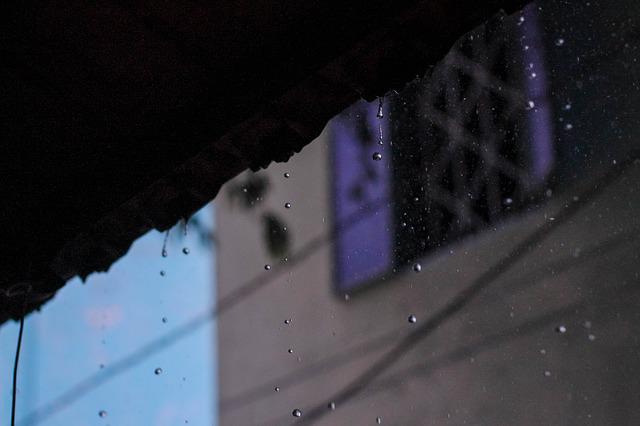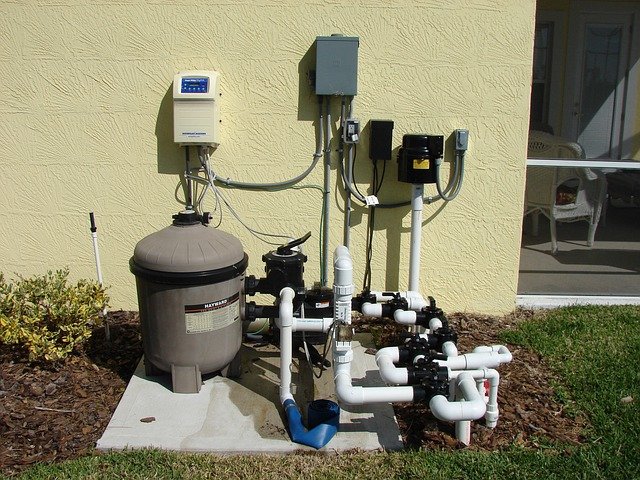Home Improvement
Proper Collection of Rainwater
To stock up on water for irrigation or technical needs on the site means to save physical strength and financial expenses for electricity. To ensure that the required amount of liquid is always available, rainwater is collected in separate containers. To do this, different methods are used – direct accumulation in the open air, runoff from the roof and into the barrel, underground reservoir, tank.

Heavy metal or wooden ones are installed on the ground or dug into the ground. There are different methods of water storage, stages of creating your own system, ways to use rainwater. You also need to know how to maintain the drives and prevent the formation of mosquitoes in them.
Types of storage systems

For daily maintenance of the needs of people permanently residing in a country house, from 130 to 160 liters of water per 1 person is required. A lot of life-giving moisture is spent on watering beds, garden trees, flower beds and lawn. The method of collecting water is also advantageous because the liquid has time to warm up and settle. It is best to water the plants with this water.
In many ways, the choice of reservoirs collecting rainwater depends on the method and place of collection. If it’s collecting rainwater from the roof, then a tank that you can buy at the Tank Shop will do. For underground instances, it is best to choose heavier structures – made of concrete, steel, iron alloy coated with galvanizing.
The disadvantage of such containers can be a complete dependence on the volume of rainfall. If a dry summer comes, and there is no running water on the site, then an additional source will be a well or a borehole.
Creating your own rainwater collection system
One of the main advantages of using your own reservoir is minimal monetary investments at the start and zero financial costs during operation. It is enough to purchase pipes, connecting elements, fasteners, sealants and a container.
The principle of operation of the double filtration system:

- From the drain pipe, water passes through an external filter installed in the first tank.
- Purified water flows through the pipe into the second tank, passing filtration there as well.
- Through the submersible pump, clean water gets into the hose and into the beds (water pipe, and then to the points of consumption in the house).
It is impossible to collect rain streams from roofs covered with tiles, which include copper. Asbestos slate or lead alloy sheets are also not recommended to cover the roof from which it is planned to receive rainwater. The listed materials are harmful to human health and some plants.






